The dial, with a natural patina consistent with its age, is in excellent condition, preserving the black Arabic numerals, perfectly legible, and cobalt-blue fassonzeiger-style hands, which retain their full original shape and charm. The name of the prestigious Longines brand appears at the top center, in the 12 o’clock position. Around the center of the dial is a delicate garland-shaped engraved ornamentation, reinforcing the decorative and carefully crafted nature of this piece.
The back of the watch features a completely smooth 18K gold cover with minimal signs of wear and no engravings or inscriptions, allowing the future owner the possibility of personalizing it if desired. Upon opening the lid, the splendid manual-winding mechanical movement signed by Longines is revealed, in perfect working order. The movement, of clean construction and Swiss precision, features bridges decorated with blued screws and ruby chatons, showcasing the high-end mechanics typical of Longines during its golden era.
Inside the lid we can see the engraved “18K” gold hallmark, along with serial number 3897273, which matches the movement’s serial number, reaffirming the integrity and originality of this horological gem. The movement, fully functional and well preserved, ensures reliable timekeeping thanks to a recent service by a professional watchmaker.
The refined design, quality of materials, and beauty of the finishes make this watch a piece that fascinates not only collectors but also those seeking a timepiece with soul, history, and artistic value.
Due to its rarity and elegance, this antique Longines pocket watch is a unique opportunity to acquire a piece of great heritage value.It would look fantastic as a centerpiece in a collection display or as a gift for someone special.
Do not miss this representative piece of Swiss interwar watch design.
Dimensions: 46 mm (1.81 in). Weight: 57 g.
History of Longines
Longines, founded in 1832 by Auguste Agassiz in Saint-Imier, Switzerland, is one of the oldest and most prestigious watchmaking houses in the world. Since its beginnings, Longines has been recognized for its pursuit of precision, technical innovation, and aesthetic elegance—values that remain its distinctive hallmark to this day. The company introduced its famous winged hourglass logo in 1889, becoming one of the first brands to register its emblem, which has strengthened its visual identity on a global scale.
During the early decades of the 20th century, and especially in the interwar period, Longines established itself as a leader in technical watchmaking, actively participating in the production of aviation chronometers and high-precision devices used by explorers, military personnel, and scientists. This golden age for the brand coincided with the rise of Art Deco, which greatly influenced the design of its watches, lending them a modern, stylized, and refined character.
The pocket watches produced by Longines in the 1920s and 1930s represent a pinnacle of its watchmaking expertise, combining cutting-edge technology of the time with exquisite aesthetics. Models like this one, made of gold and adorned with precious stones, were intended for a select clientele of aristocrats, businessmen, and prominent figures from the world of culture and politics.
Longines has always maintained a strong relationship with the world of sports timekeeping, serving as official timekeeper for many international events. Today, the brand is part of the Swatch Group but retains its original identity as a symbol of quality, timeless elegance, and Swiss reliability. Antique Longines pieces, especially those made in the first half of the 20th century, are highly prized in the collectors’ and historical watch markets for their precision, beauty, and legacy.



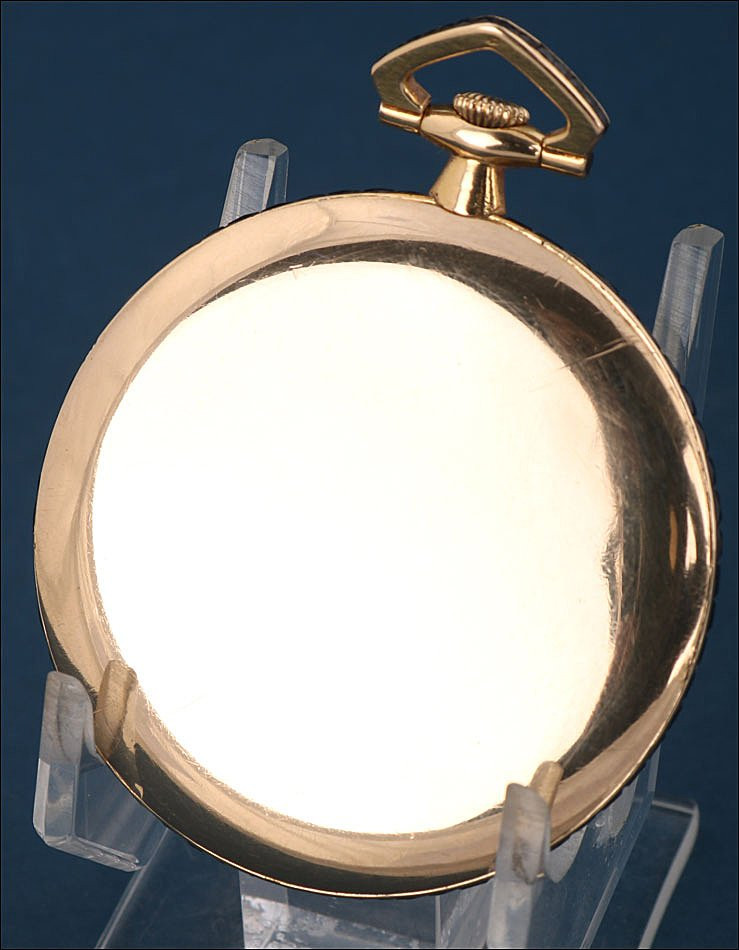
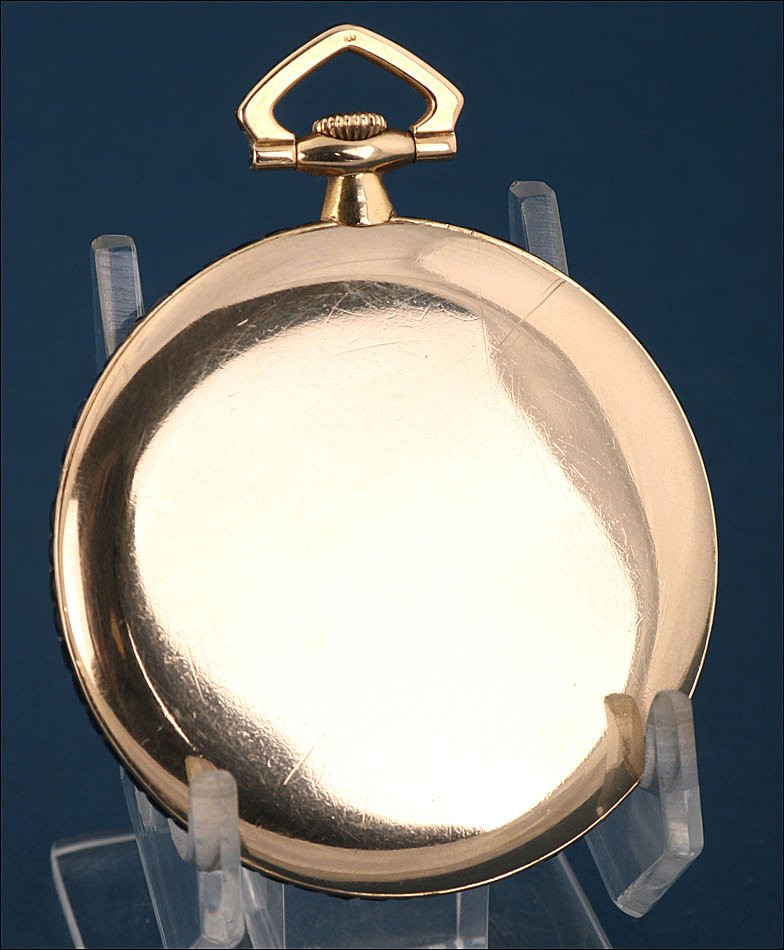
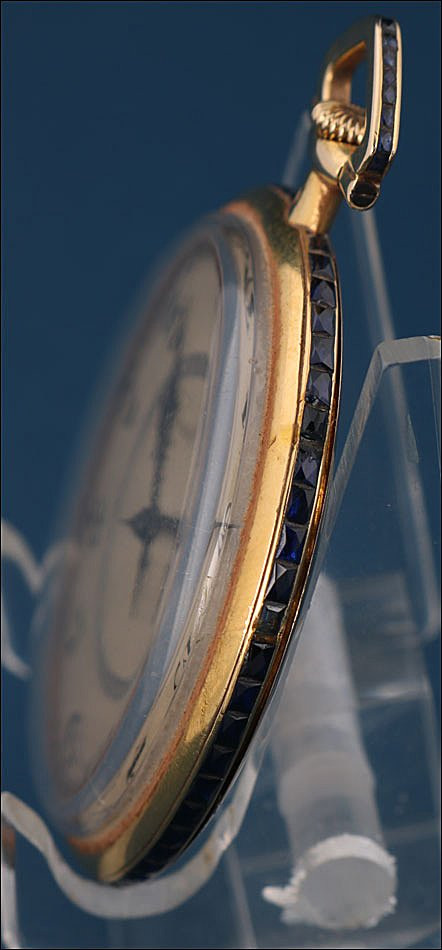
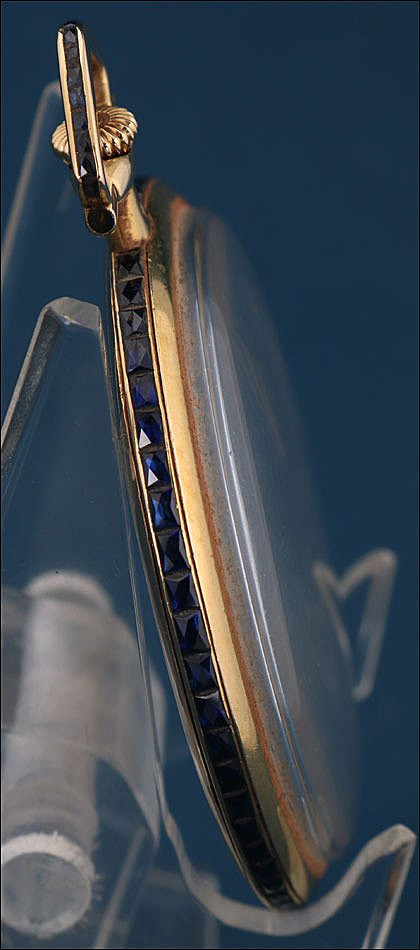

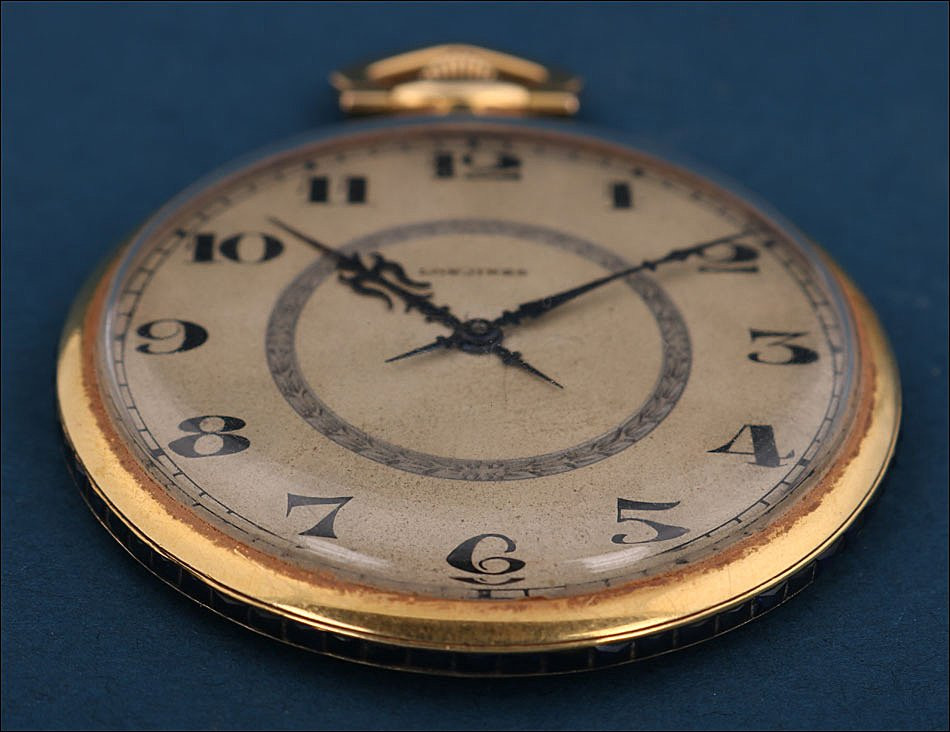
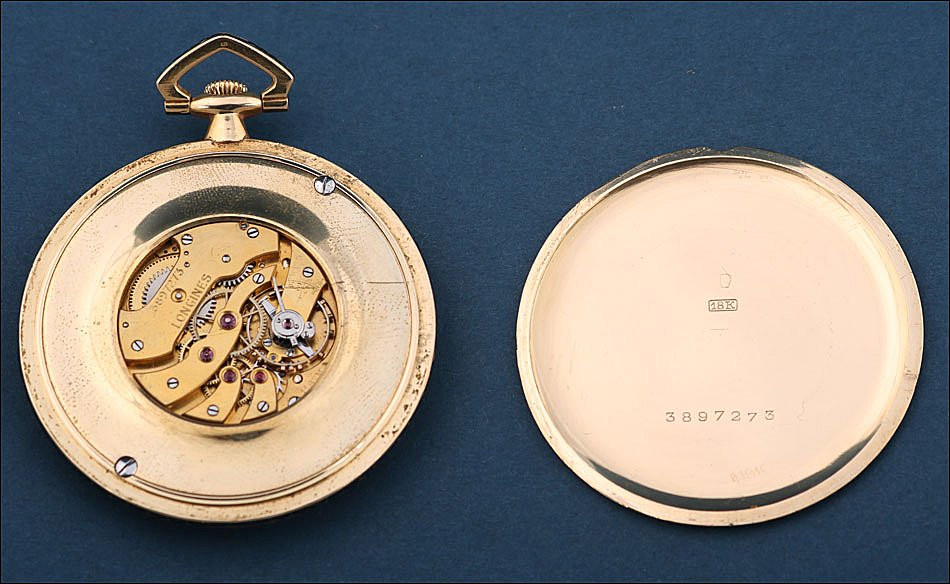

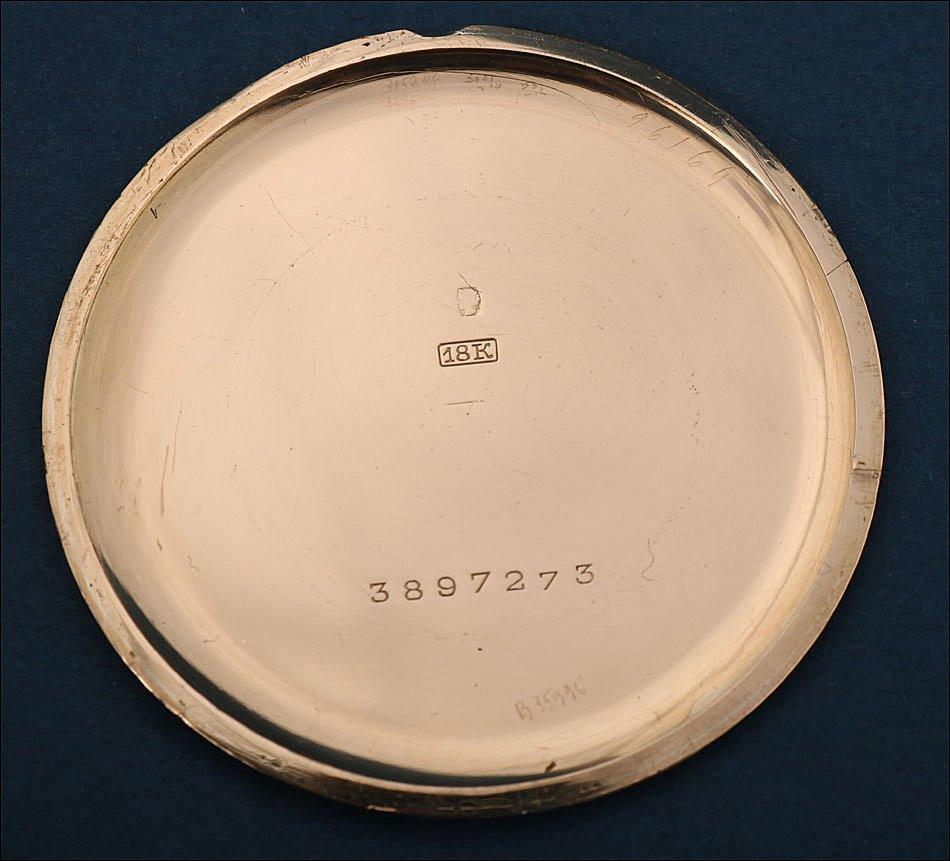

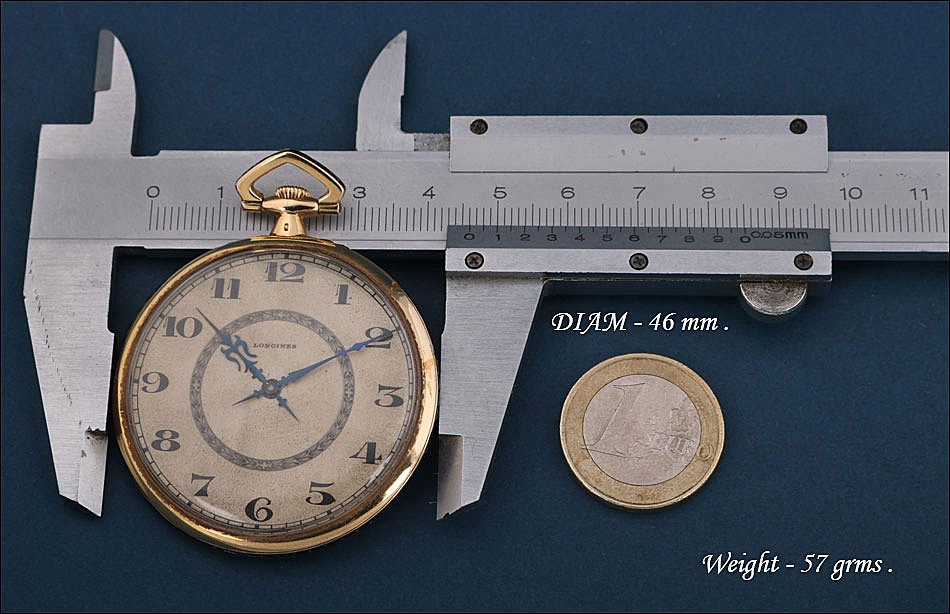
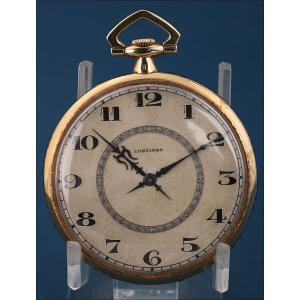














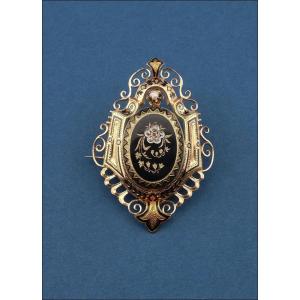
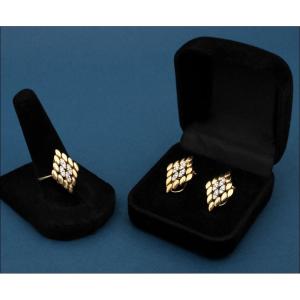

















 Le Magazine de PROANTIC
Le Magazine de PROANTIC TRÉSORS Magazine
TRÉSORS Magazine Rivista Artiquariato
Rivista Artiquariato